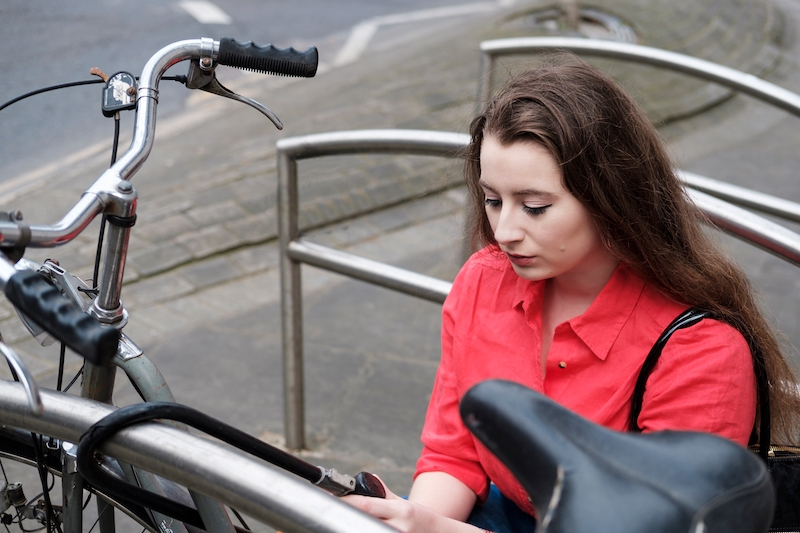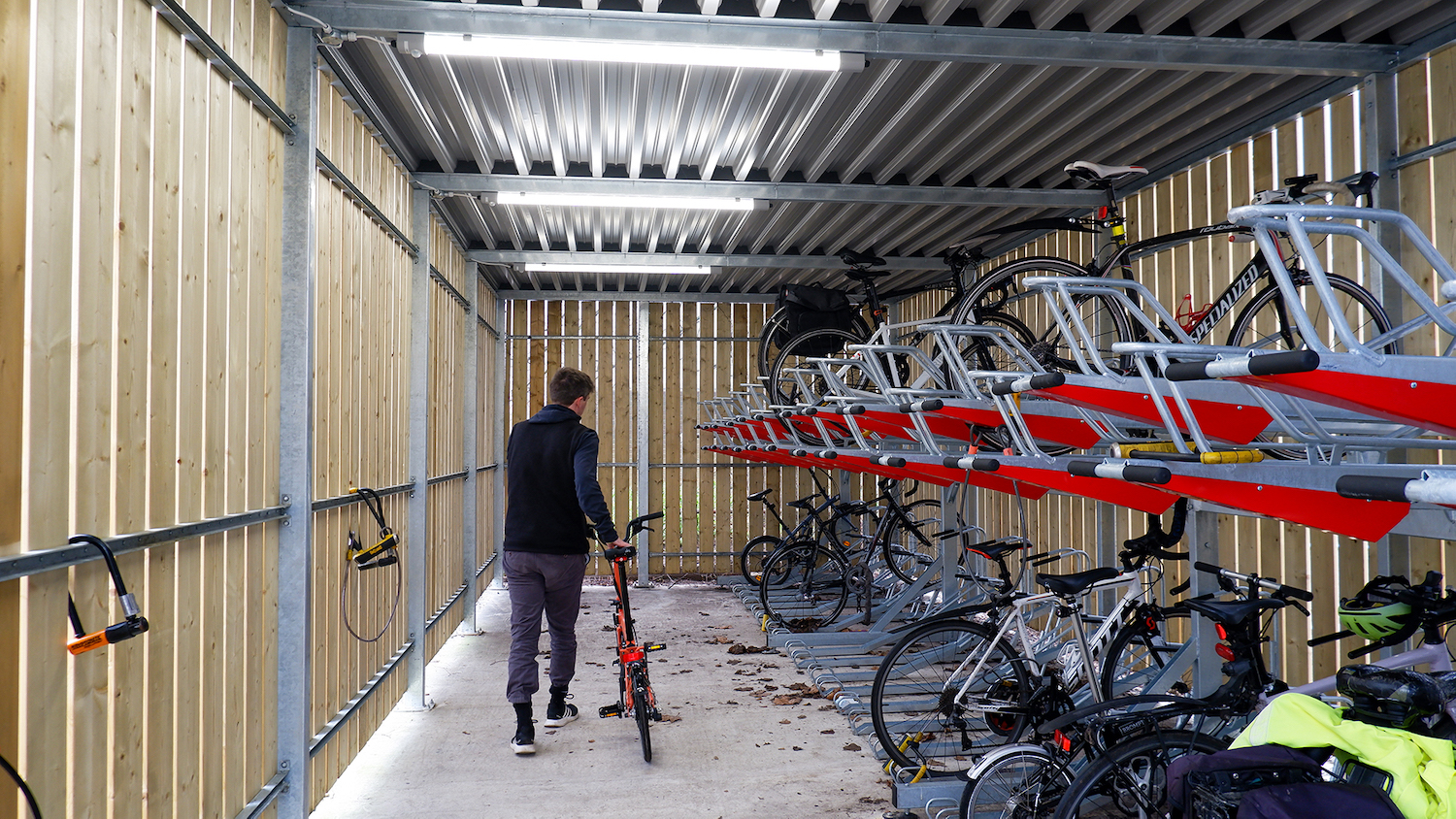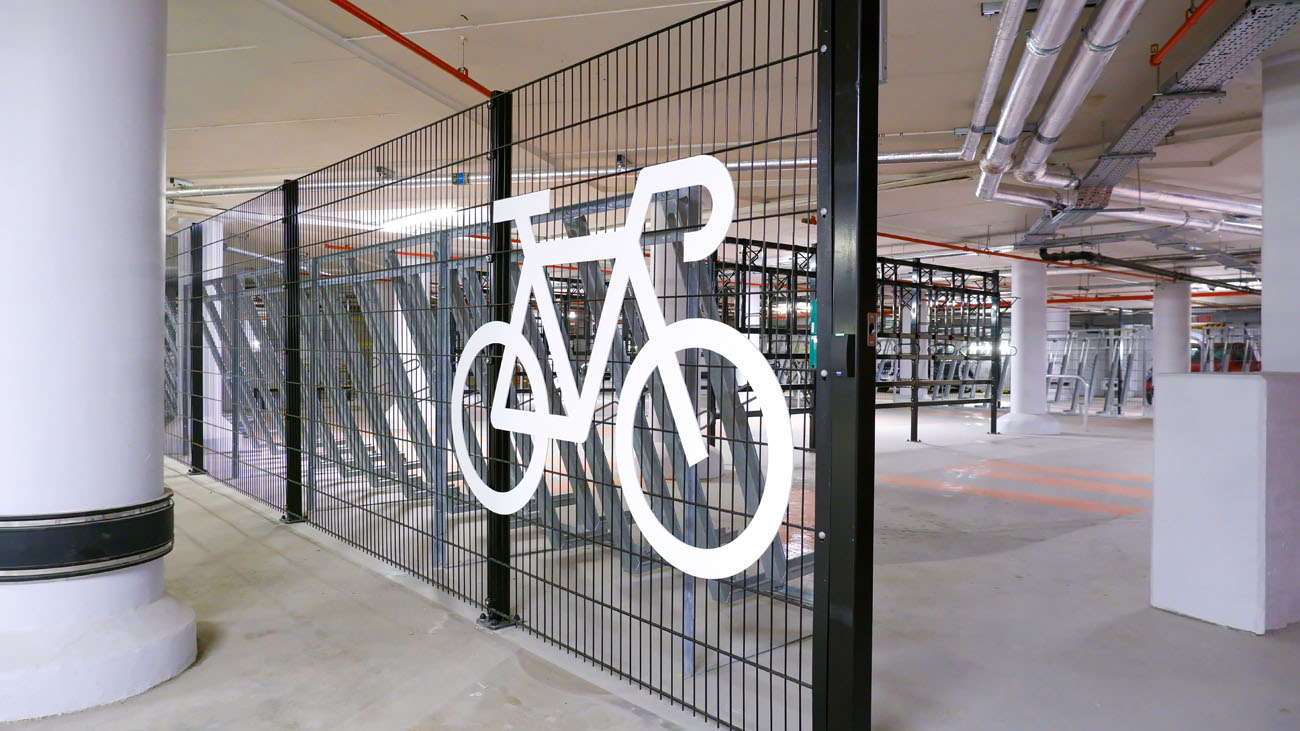Walking back to your parked bicycle can be stressful. What if it’s not there? What if my bike has been stolen?
For those who have experienced bicycle theft, or simply dread the threat of it, you will have experienced that heart-in-mouth moment of ‘what if’.
This also means you have likely considered how best you can protect your bike, and what measures you can take to minimise any damage.
To help answer definitively answer these questions and provide better peace-of-mind, the Bicycle Association (BA) have put together some guidance for better cycle security and tackling theft.
The guide is aimed at bike businesses and retailers, who can use this key information to better inform customers.
So how can we keep our bikes safe?
The wider problem of stolen bikes
Beyond the obvious upset a stolen bike can cause, bicycle theft has been shown to be one of the major deterrents for encouraging more active travel across the UK.
That risk of not being able to cycle home, or having your pride and joy stolen, will keep many people using a car for shorter journeys that ought to be completed on two wheels.
In fact, 25% of people gave up cycling altogether after having a bicycle stolen.
Choosing the right lock
One of the first things you can directly affect is the quality of your bicycle lock.
While it’s true that with the right equipment thieves can potentially get through any lock, it certainly makes a huge difference in the time it takes to prize open it, plus the machinery needed to break through.
The BA suggest that Sold Secure is the widely recognised method of assessing the quality of lock. They grade locks from Bronze through to Diamond.
Look out for better ratings to better protect your bike.
How to lock your bike correctly?
Just as important as which lock you choose is how you use it. Never just lock one wheel, and always aim to lock both wheels and your frame, say the Bicycle Association.
We’ve put together a full guide on how to lock your bike here, including a breakdown of different racks and stands.
Registering your bike
If your bike does get stolen, then having it registered could make an important difference. Having your bike correctly registered will mean the police can identify the bike as definitely yours, which is often hard to prove.
Knowing there is a better chance your bike can be recovered can really help alleviate concerns with locking your bike.
The BA is pushing for retailers to do more to help customers register their bikes on purchase. Currently, the onus is on the owner to complete the registry, not on the seller.
BikeRegister’s research shows that bikes that are registered and marked are 83% less likely to be stolen.
Consider insurance
Another way to keep your mind at ease when parking or storing your bike is having insurance.
Insurance will ensure you don’t lose out financially, despite your bike likely meaning more to you than just its worth.
Watch out as many assume their home insurance covers bicycles, but this is often not the case according to the BA.
In summary
This is a useful guide from BA, and if taken on board by the correct parties can help to inform the wider public on correct bicycle security.
By removing the barriers which stop people from choosing active travel, we can continue to push for better infrastructure and more people out of cars and onto bikes.
Cycle parking is wholly necessary for locking any bike in the first place. We ensure that all our products are securely installed and correctly certified to meet all current UK guidelines.





